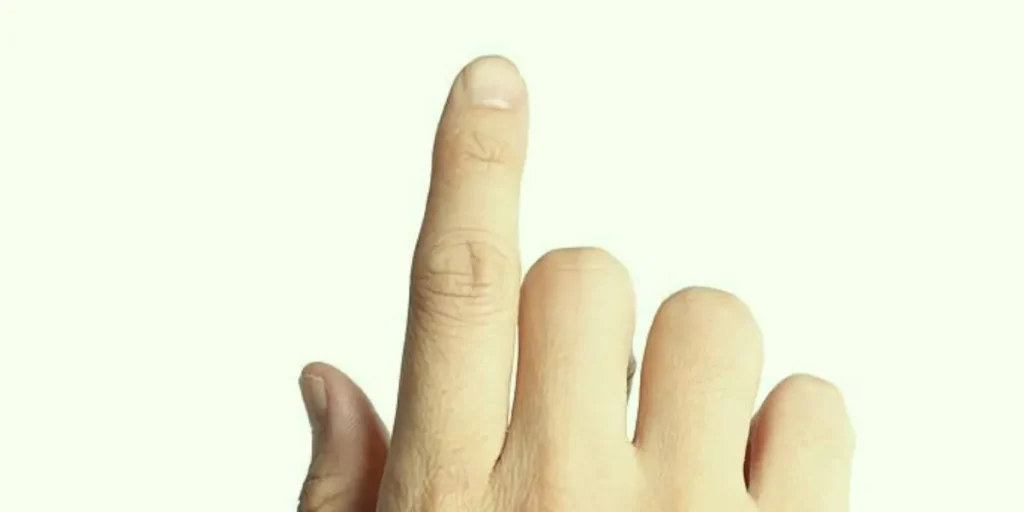Trigger finger is a condition where one or more fingers get stuck in a similar position. This could not only be painful but also limit your range of motion. This condition is managed by trigger finger exercises which reduce the pain, improve flexibility, and prevent further complications. These exercises can be performed regularly to alleviate the symptoms associated with the condition or even for the general functioning of the hands. They are usually suggested as a part of medical interventions along with medications, splinting, and surgical procedures.
What Causes A Trigger Finger?

Discover more: Can Stress Cause Dandruff? How Does It Caused?
Trigger Finger Exercises
Trigger finger exercises are considered to be a necessity especially when your work involves the movement of your fingers more than usual. Primarily, the trigger finger is painful and at times unbearable. To alleviate the pain you could exercise regularly and also gradually increase the range of your motion. Secondarily, it can prevent recurrence. As we see age and certain professions are all reasons for trigger finger, you could continue with the exercises to prevent any further damage or maybe any damage at all. Lastly, trigger finger exercises can also improve the blood flow to your fingers and may strengthen the grip. Now that we know how important trigger finger exercises are, let’s look at some of them in detail.
Discover more: Self-Harming In Teens – Safety Guidelines That Parents Must Know
- Finger flexor stretch- To perform finger flexor stretch you need to extend it. With your opposite finger make sure you apply pressure to the back of the finger. Hold this for 30 seconds and feel a gentle pull along the finger. You can perform this exercise multiple times a day and it would reduce the swelling in your tendon. The exercise can help relieve the stress in the tendon by reducing significant tension improving the finger’s flexibility and reducing the chances of it being stuck in the same position.
- Finger exterior stretch- Extend the affected finger and apply pressure to the palm side of the finger. This stretches the extensor tendon. Now hold that for at least 30 seconds. This time you can feel the pressure on the back of the finger. Performing this exercise several times a day can unlock the finger and enhance its flexibility.
- Finger pulley exercises- Take a rubber band and place it around your fingers snug but not tight. Open your hands against the resistance of the band and now stretch it as far as the finger can go. Open it and then close it. Doing it with a set schedule could strengthen the finger muscles by increasing the endurance of your fingers.
- Tendon Gliding exercises- This is something you should ask a licensed therapist about. Doing it involves a series of rules that involve the stretching of the affected area and if it does, it could be as good as the others in improving the finger span and its mobility.
- Massage- You could simply massage the fingers to relieve the pressure on them. Select a time to do this regularly and if possible after you complete your day work in the night and before you start work in the day.
Conclusion
This doesn’t mean you don’t have to consult a physical therapist or doctor. Consulting them is very important before starting any exercise. They can not only tell you what exercise might work for you but also how much improvement it has shown. However, if there is no injury you could do these as a part of your routine in a very casual way.